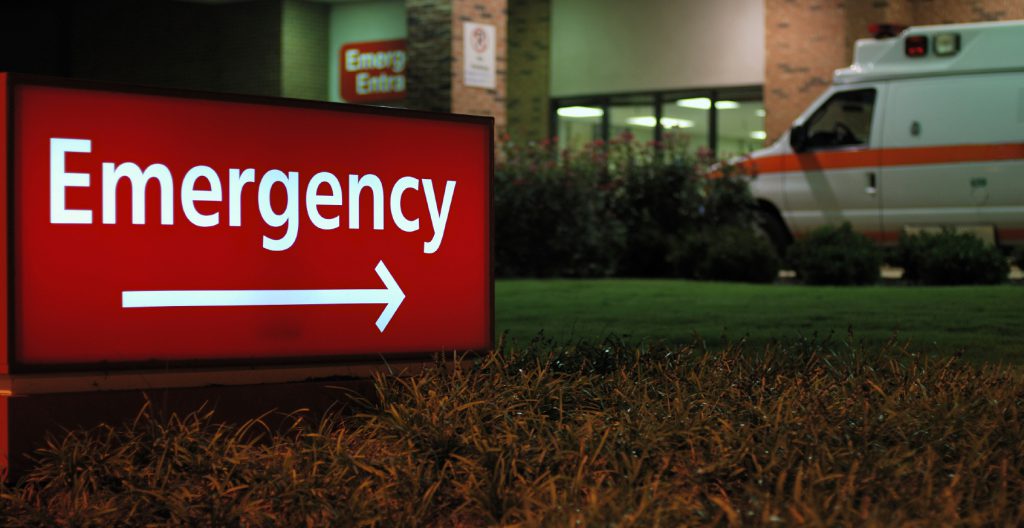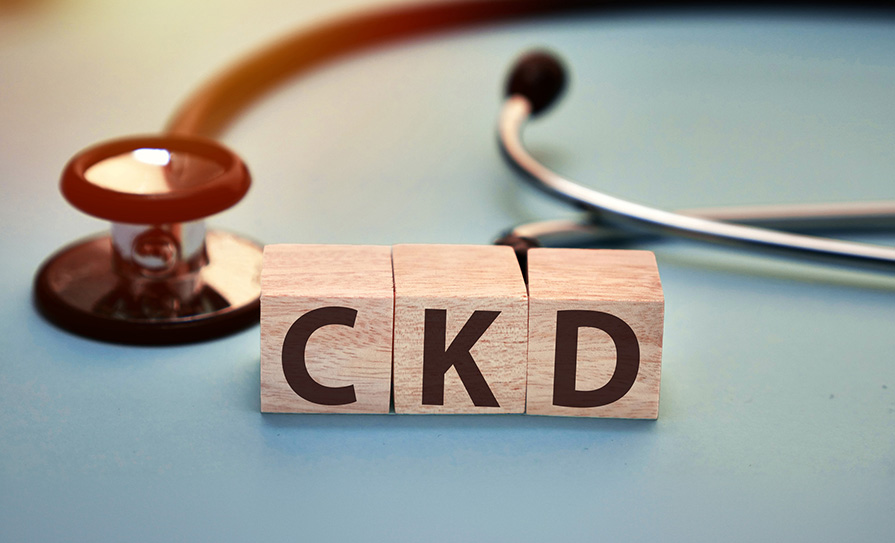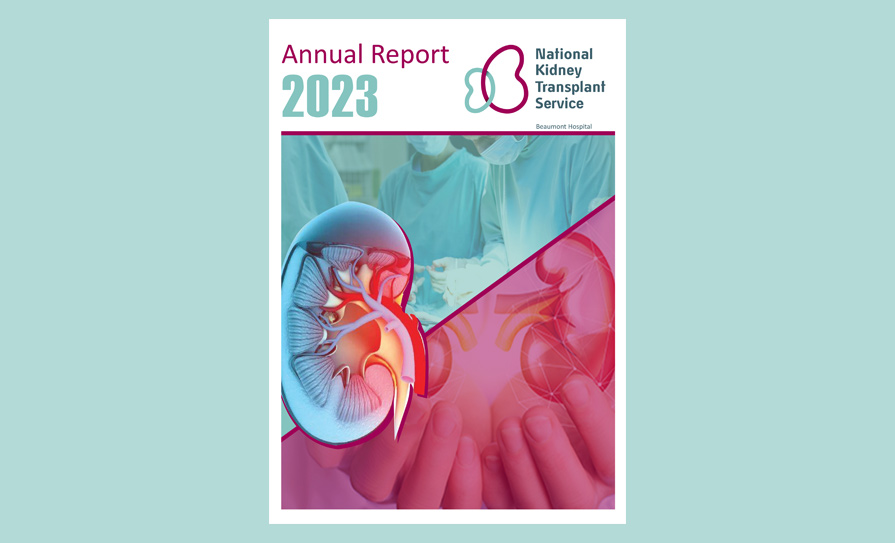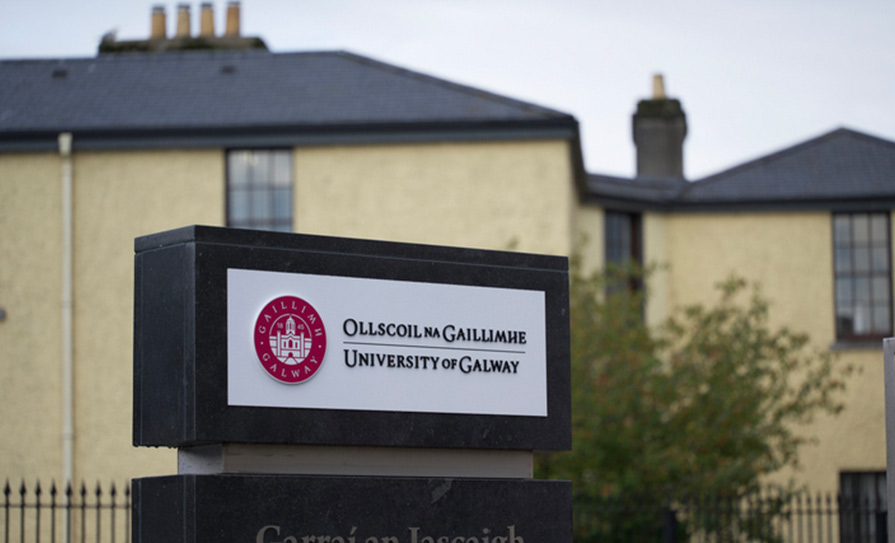The report was launched last week at the NOCA Annual National Conference, as part of the RCSI’s Charter Day series of meetings.
The report examined data from 4,426 patients across 26 trauma-receiving hospitals in Ireland. Among its key findings was the fact that 28 per cent of the audited patients were transferred for ongoing trauma care because the necessary trauma services were not available on-site, while 45 per cent of patients with severe head injury did not receive care at a neurosurgical centre.
Launching the report, Dr Conor Deasy, Clinical Lead for Major Trauma Audit (MTA), commented: “Patients with major trauma are not being assessed by trauma teams and senior clinicians on arrival to emergency departments (EDs). Key investigations and management are being delayed; only one-third of patients with head injuries requiring a CT scan received one within one-hour in line with international best practice standards.”
The IAEM said international best practice for the delivery of trauma care is an inclusive system in which a major trauma centre acts as a hub and supports trauma units, local EDs and injury units.
“A threshold volume of severely-injured patients is required at the major trauma centre to ensure staff are both prepared and practised in the delivery of high-quality care to this group of complex, often multiply-injured, patients. Reconfiguration of trauma care delivery into such a system in Australia and, more recently the UK, has brought about dramatic improvements in survival and has reduced the life-long burden of injury for patients because they get ‘the right’ treatment as soon as possible.”
Plans have been drawn-up by the Trauma Steering Group to reconfigure Ireland’s trauma services into a hub-and-spoke model, which would see a reduction in the number of hospitals currently treating trauma patients.













Leave a Reply
You must be logged in to post a comment.